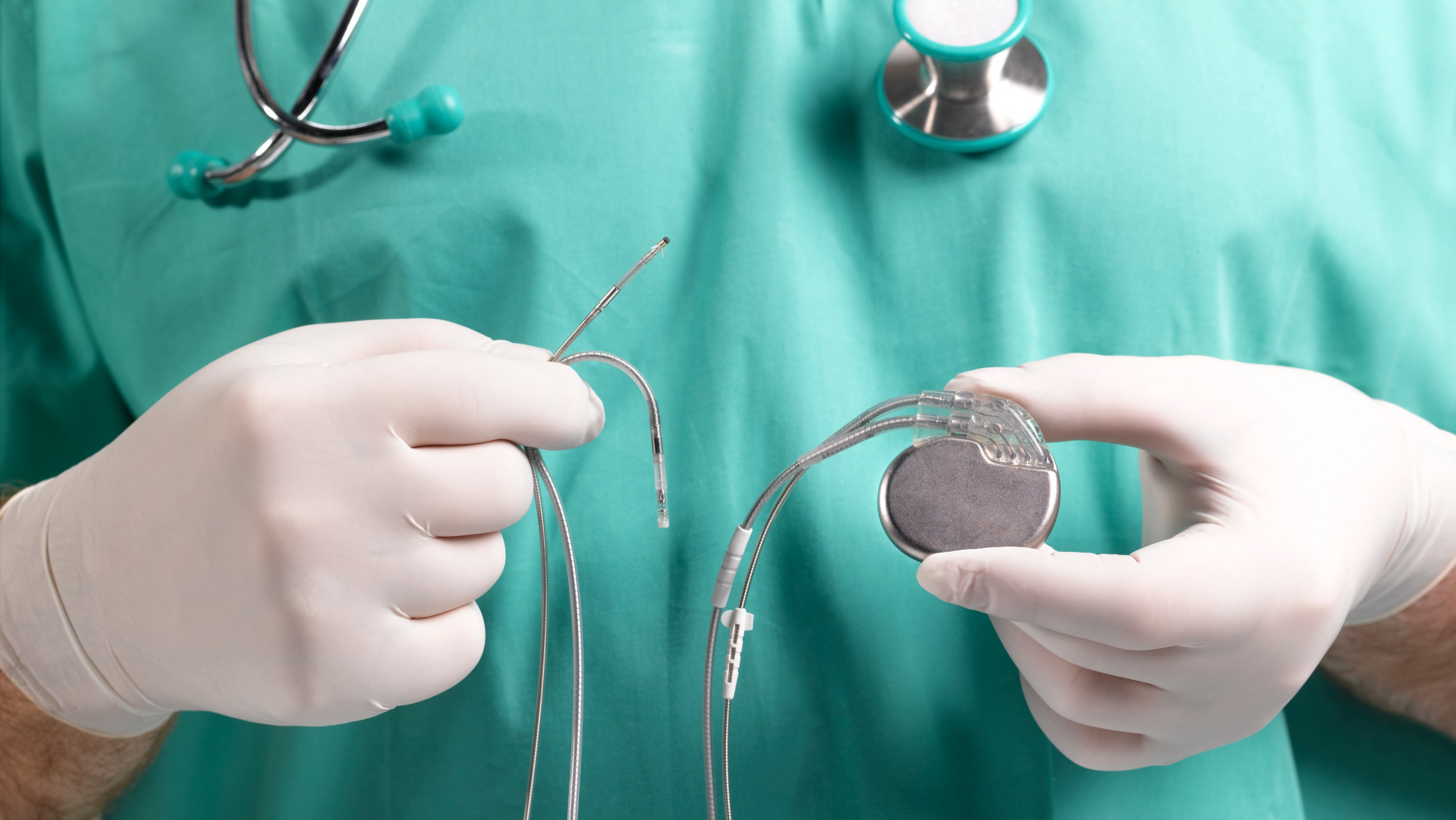Research by Dr. Soori Sivakumaran and Dr. Shane Kimber show that cardiac-resynchronization defibrillators is still saving lives after 14 years
27 February 2024

By Gillian Rutherford
Recently published research in the New England Journal of Medicine reveals the power of cardiac-resynchronization pacing in addition to an implantable defibrillator to save lives in patients with mild to moderate heart failure due to arrhythmia.
Cardiac-resynchronization defibrillators (CRT), also known as “biventricular pacemakers,” were first found to be effective at preventing death in a landmark Canadian study reported in 2010. The results were so resounding that all patients who were in the control arm of the study were later offered cardiac-resynchronization therapy. The pager-sized device is surgically implanted just below the collarbone, with three tiny leads that monitor the patient’s heart rhythm and emit pulses of electricity to coordinate each heartbeat.
The latest study followed 1,050 of the original 1,798 patients in eight Canadian centres for 14 years. Once again, a significant survival advantage was found for those with the cardiac-resynchronization therapy device compared with those who had only a standard implantable cardioverter-defibrillator therapy (ICD) — a separate, simpler device that monitors the patient’s heart rhythm and generates an electric shock to restart the heart if it stops. All patients also received standard medications for their heart conditions.
“As in the original study’s findings, the effect of the cardiac-resynchronization therapy was profound,” says co-principal investigator Soori Sivakumaran, associate clinical professor of medicine. “People lived longer with CRT in addition to the ICD than without it, and they had fewer hospitalizations for heart failure as well.”
Patients enrolled in the study were classified as Class II or III according to the standard New York Heart Association Functional Classification system, with an ejection fraction of less than 30 per cent, which indicates reduced ability to pump blood out of the heart.
Those who derived benefit suffer from a mechanical abnormality caused by the heart’s electrical system, resulting in the main pumping chambers of the heart beating out of sync. The pacemaker technology alleviates the “double-whammy” impact of the defect, which causes the heart to pump inefficiently and wear out over time from the added effort, according to Shane Kimber, local co-investigator on the new study and associate professor of medicine.
“It’s a subset of the total heart failure population, but in people who are eligible for CRT, the benefit derived is quite dramatic,” says Kimber. “It’s a very powerful treatment option in those patients.”
Read the full article in Folio
Sapp JL, Sivakumaran S, Redpath CJ, Khan H, Parkash R, Exner DV, Healey JS, Thibault B, Sterns LD, Lam NHN, Manlucu J, Mokhtar A, Sumner G, McKinlay S, Kimber S, Mondesert B, Talajic M, Rouleau J, McCarron CE, Wells G, Tang ASL; RAFT Long-Term Study Team. Long-Term Outcomes of Resynchronization-Defibrillation for Heart Failure. N Engl J Med. 2024 Jan 18;390(3):212-220. doi: 10.1056/NEJMoa2304542. PMID: 38231622.